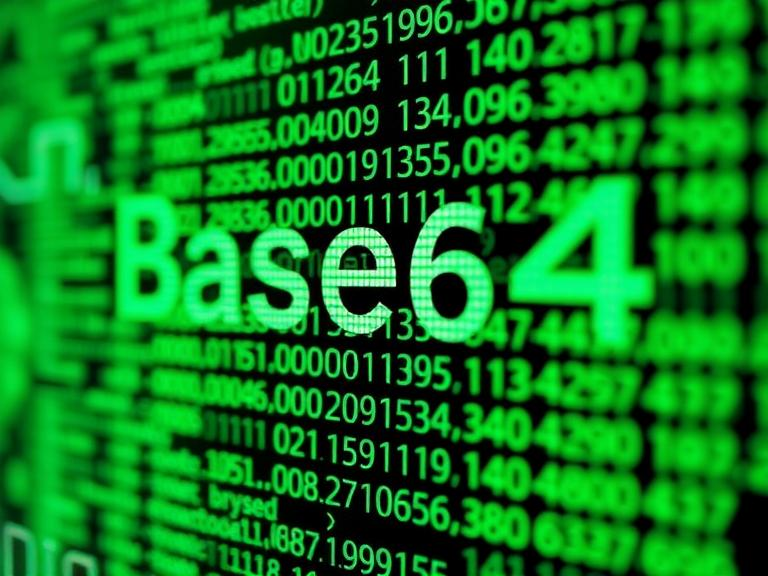Understanding Base64 Encoding: A Comprehensive Guide
April 03, 2025

What is Base64 Encoding?
Base64 encoding is a binary-to-text encoding scheme that converts binary data into an ASCII string format. It is primarily used to represent binary data in a way that is safe for transmission over text-based protocols. The Base64 encoding system takes arbitrary binary data and encodes it into a sequence of printable ASCII characters, making it more compatible with systems that handle textual data.
How is Base64 Used?
Base64 encoding has numerous applications across different domains. Some of its common uses include:
- Email Attachments (MIME Encoding): Email protocols like SMTP were originally designed to handle text data. Base64 encoding enables binary attachments (such as images and documents) to be safely transmitted via email.
- Data Storage in Text-Based Formats: Some databases and configuration files store binary data in Base64 format to ensure compatibility with text-based storage.
- Encoding Binary Data in URLs: Since URLs only support a limited set of characters, Base64 is often used to encode binary data into a URL-safe format.
- Authentication (Basic Authentication in HTTP): HTTP Basic Authentication transmits credentials (username and password) encoded in Base64.
- Embedding Images in HTML/CSS: Base64 allows developers to embed small images directly into web pages without requiring separate HTTP requests.
The Process of Encoding and Decoding Base64
Base64 Encoding Process
The Base64 encoding process follows these steps:
- Convert Input to Binary: The input data (text or binary) is converted into its binary representation.
- Divide into 6-Bit Chunks: The binary data is grouped into sets of six bits (since 2^6 = 64, representing all possible Base64 characters).
- Map to Base64 Character Set: Each 6-bit chunk is mapped to a corresponding character from the Base64 alphabet (A-Z, a-z, 0-9, '+', '/').
- Padding: If the input is not a multiple of 3 bytes, '=' padding characters are added to ensure proper encoding.
Base64 Decoding Process
The decoding process is essentially the reverse of encoding:
- Convert Characters to Binary: The Base64 characters are converted back to their 6-bit binary representation.
- Group into Bytes: The binary data is then regrouped into 8-bit (1 byte) segments.
- Convert to Original Data: The binary data is converted back into its original form, whether it's text, an image, or another type of binary file.
Example of Base64 Encoding and Decoding
Encoding Example:
If we encode the string "Hello" in Base64, the process follows these steps:
- Binary representation of "Hello":
01001000 01100101 01101100 01101100 01101111 - Grouped into 6-bit chunks:
010010 000110 010101 101100 011011 000110 110011 011111 - Mapped to Base64 characters:
SGVsbG8=
Thus, "Hello" in Base64 becomes SGVsbG8=.
Decoding Example:
If we decode SGVsbG8=, we reverse the process to obtain the original text, "Hello".
Online Tools for Base64 Encoding and Decoding
For users who want to quickly encode or decode Base64 data, online tools are highly convenient. Two recommended tools are:
- UtilsWeb Base64 Encoder – Allows users to encode text or files into Base64 format.
- UtilsWeb Base64 Decoder – Helps users decode Base64 back to its original format.
Advantages and Limitations of Base64
Advantages:
- Ensures safe transmission of binary data over text-based protocols.
- Widely supported across programming languages and platforms.
- Useful for embedding small assets in web applications.
Limitations:
- Increases file size by approximately 33% due to encoding.
- Not a form of encryption—anyone can decode Base64 if they access the encoded data.
- Can introduce unnecessary overhead when used for large files.
Conclusion
Base64 encoding is a crucial technique for encoding binary data into a text-friendly format. It is extensively used in email transmission, authentication, and web development. While it has its limitations, Base64 remains an invaluable tool in modern computing. For quick encoding and decoding, tools like Ubikami Base64 Encoder and Ubikami Base64 Decoder provide efficient solutions.